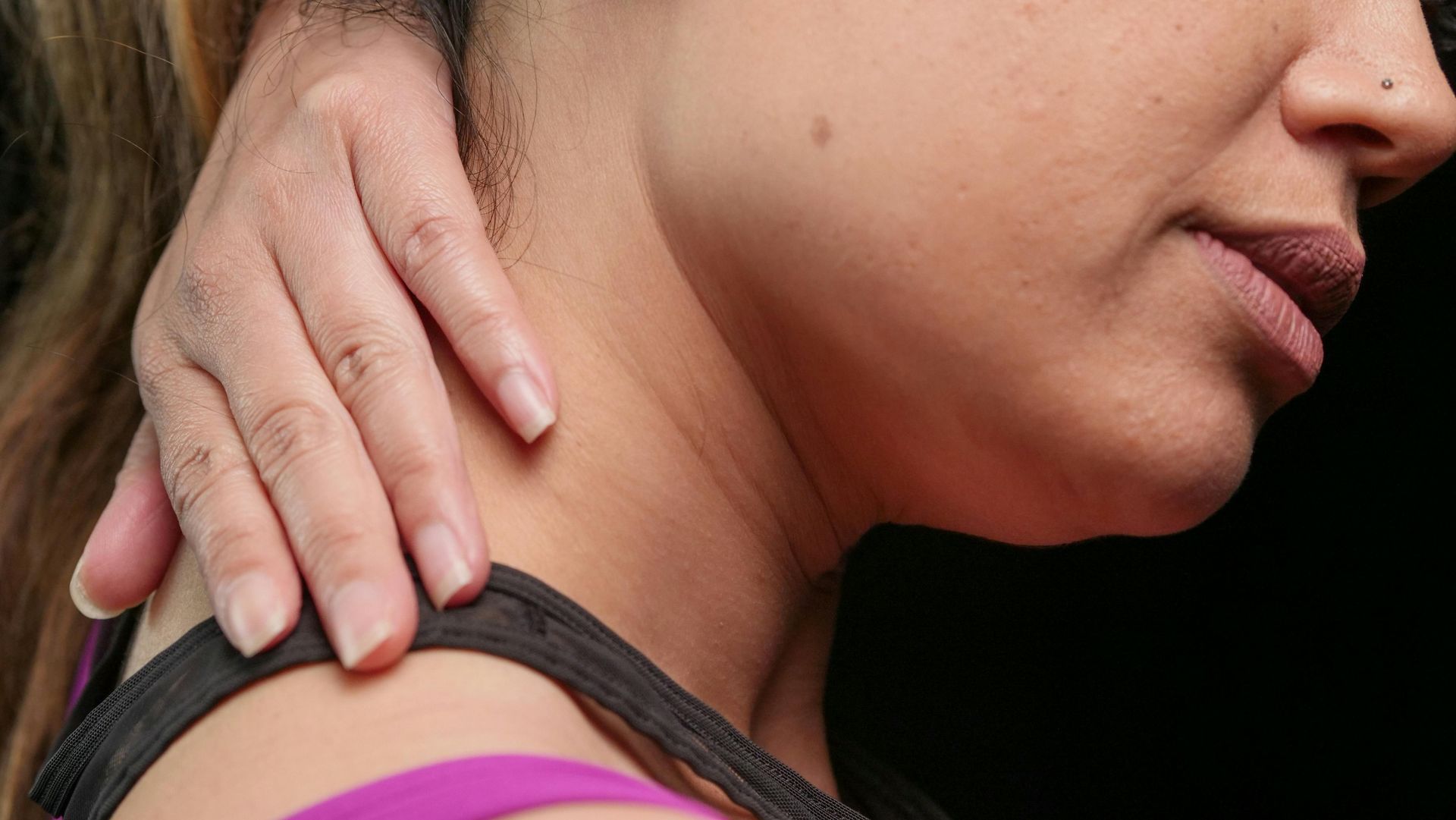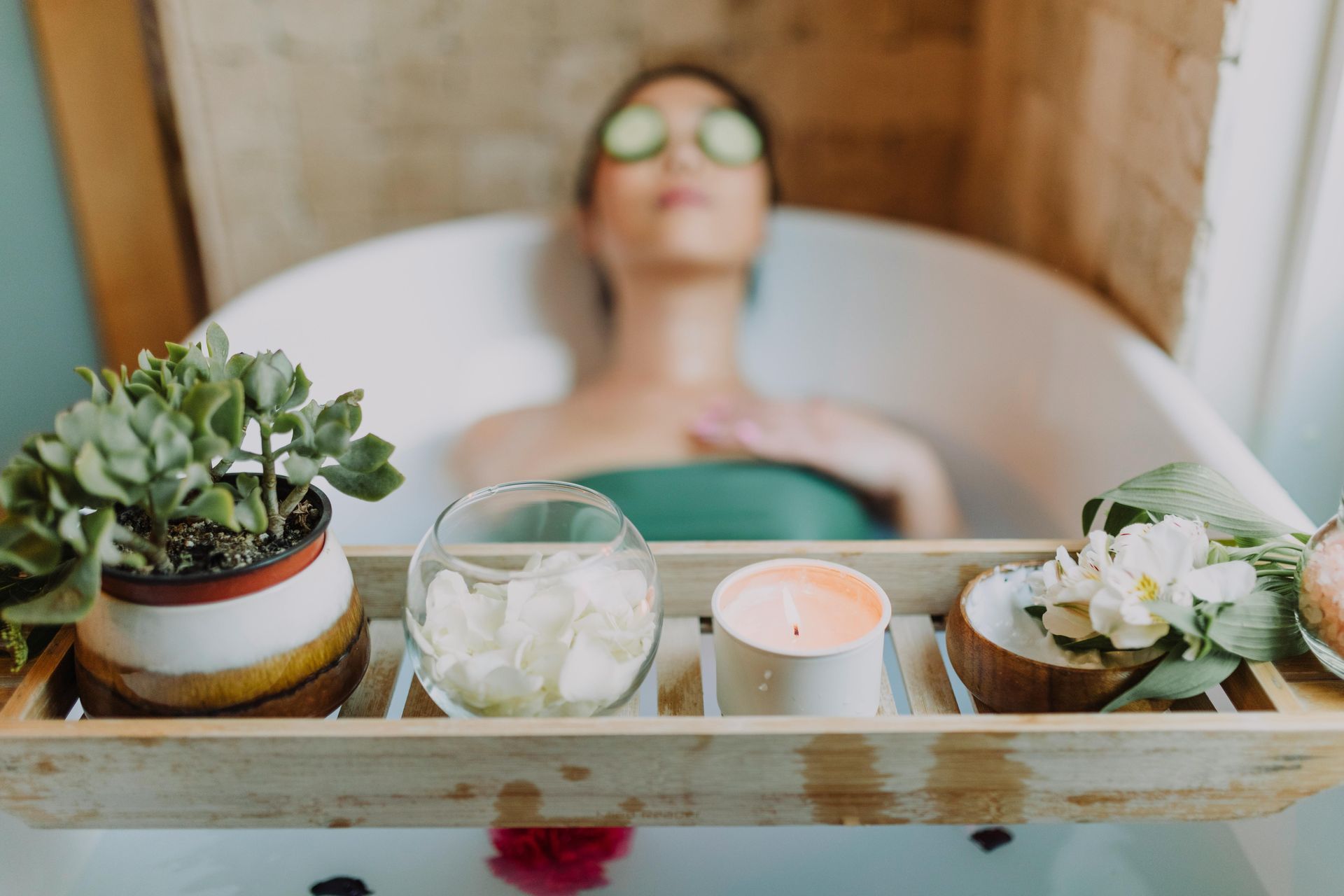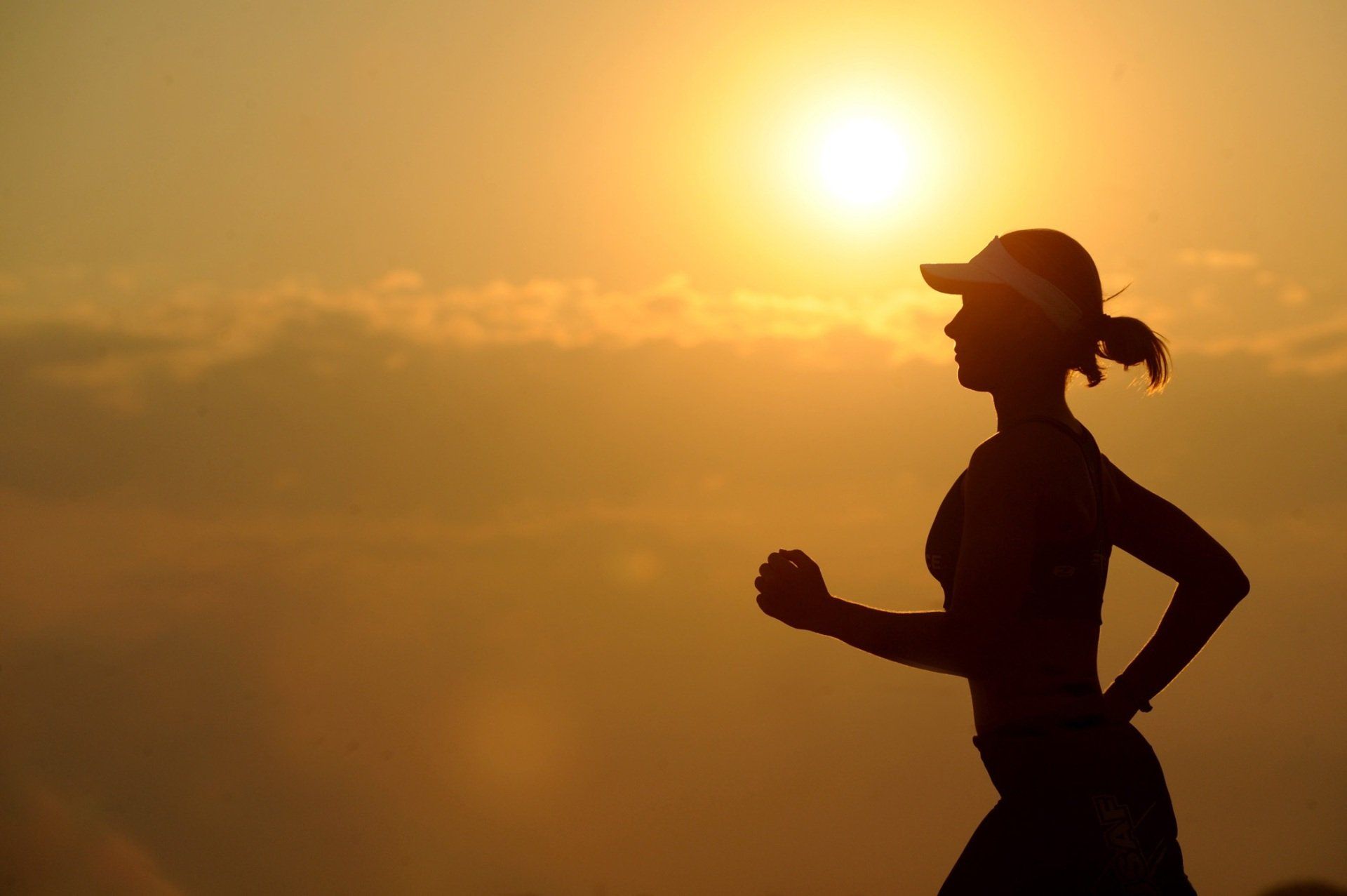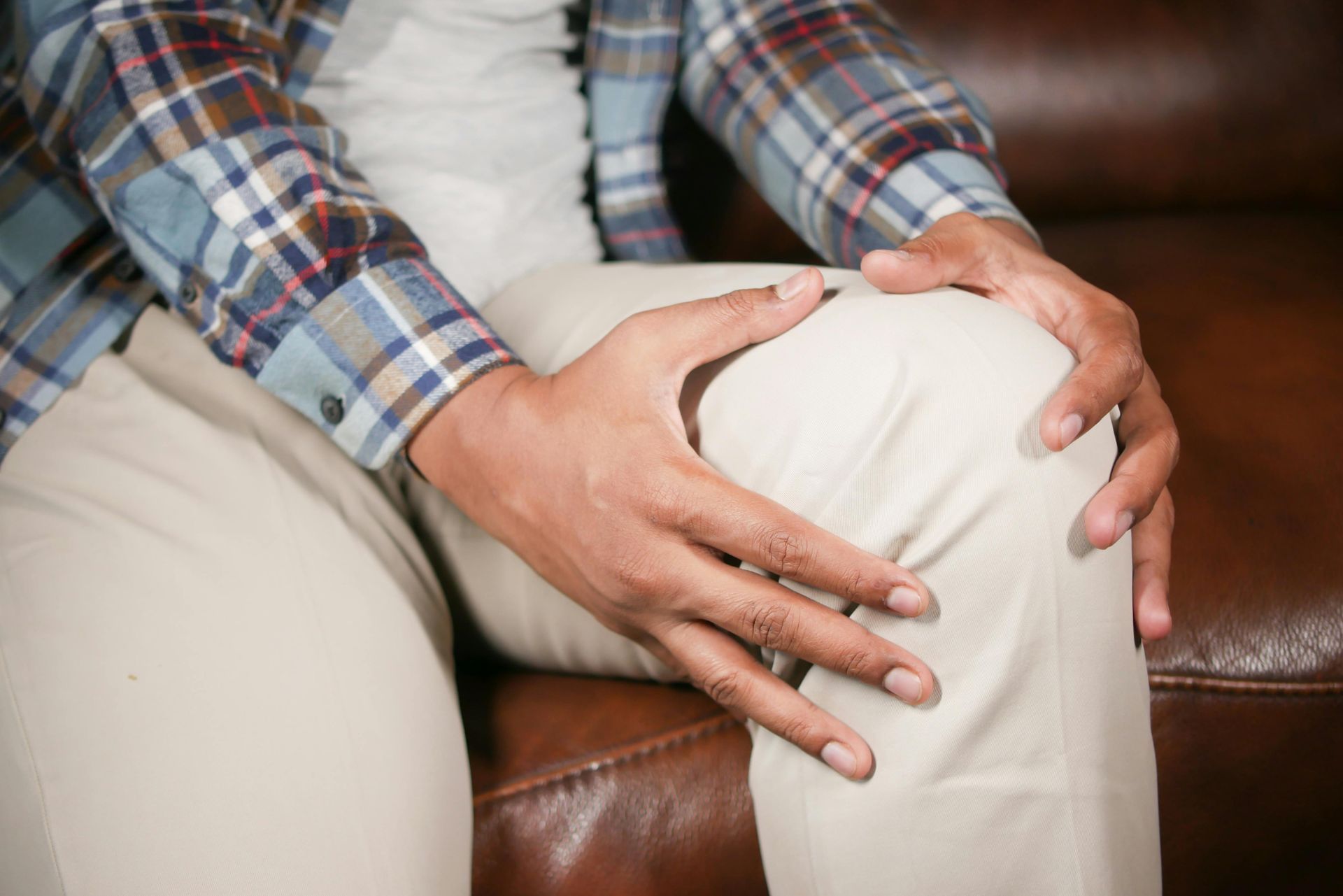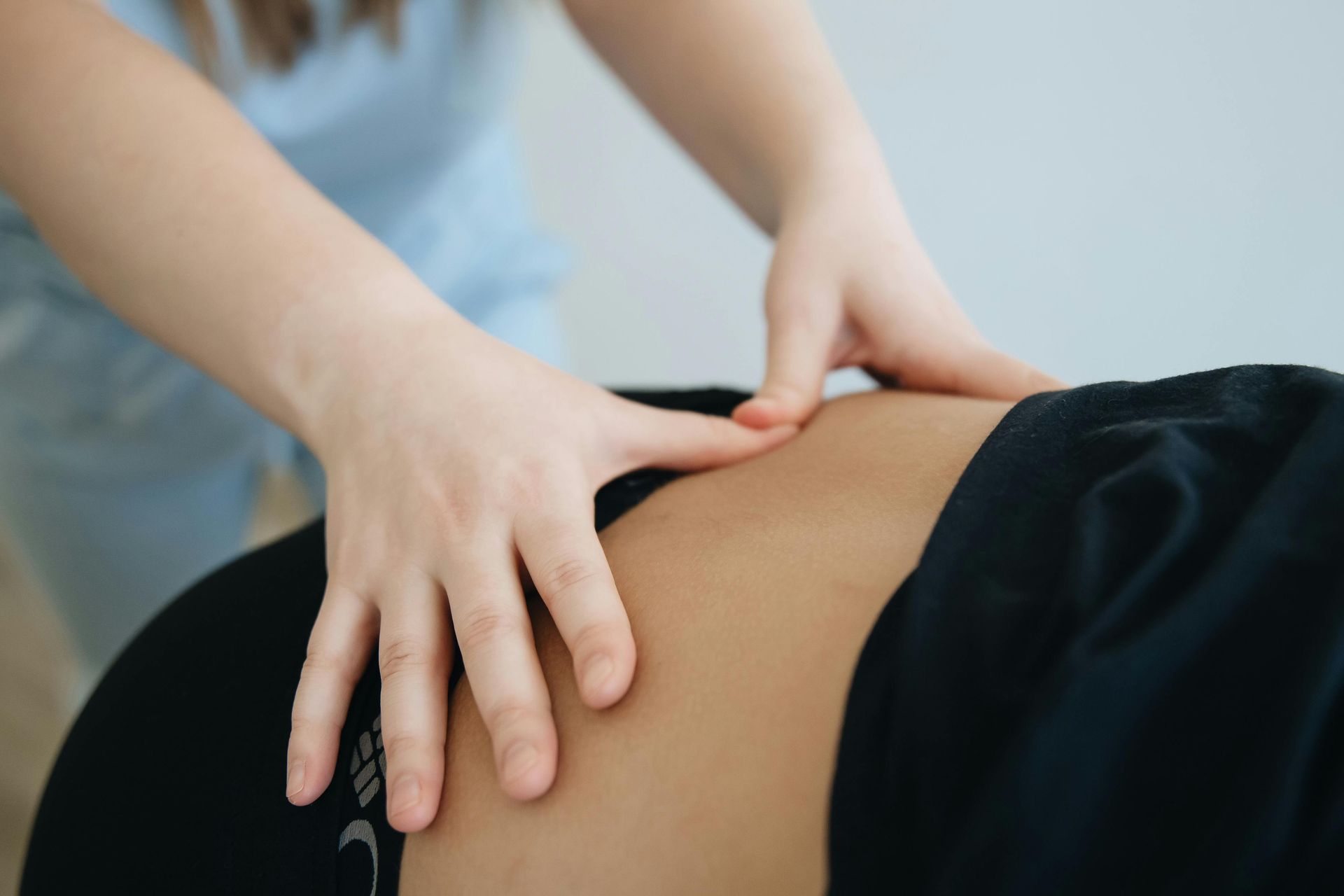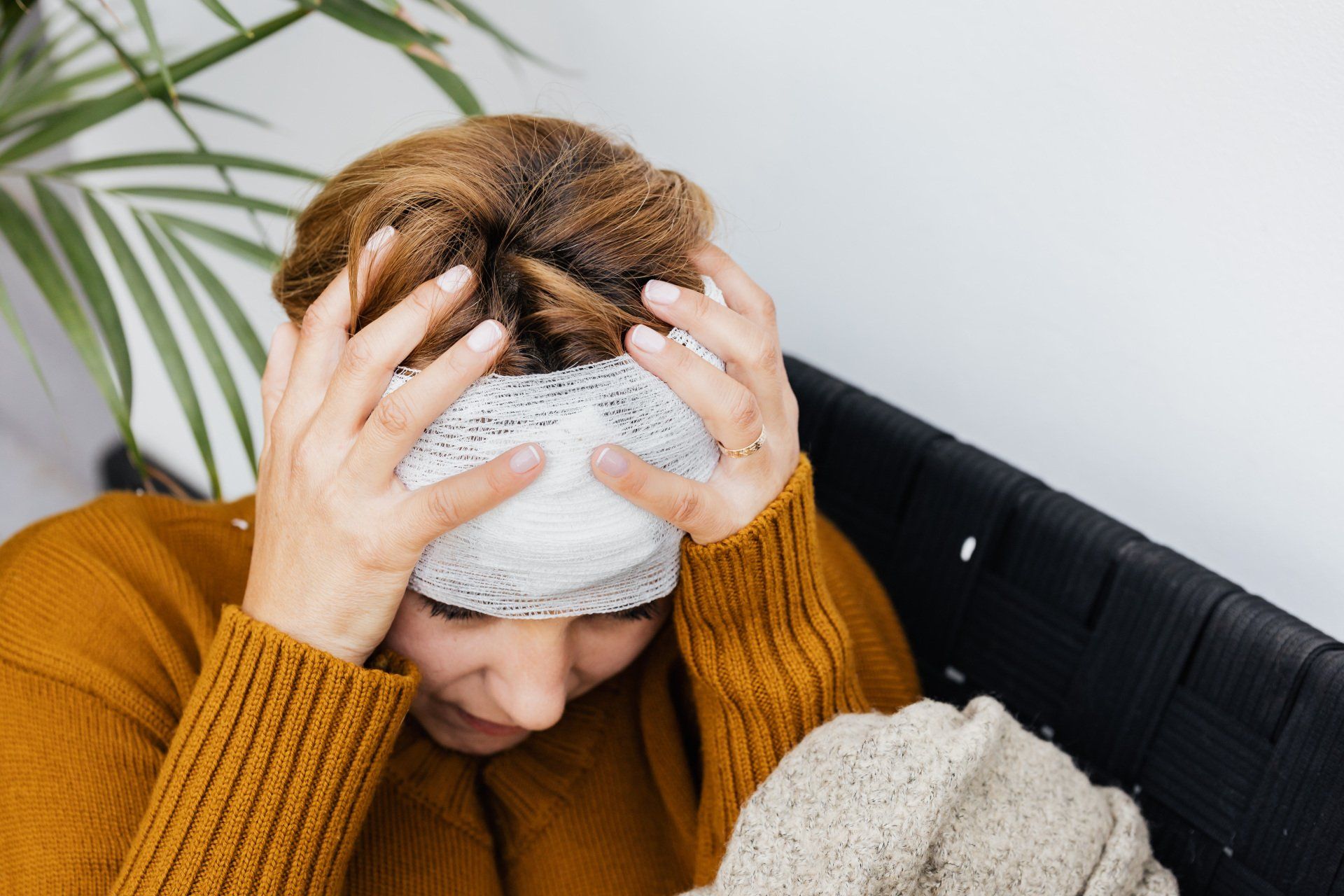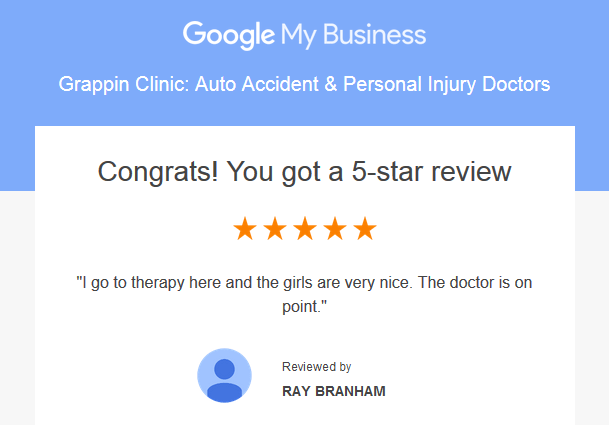Therapeutic Sports Massage Myths
Debunking the Top Sports Massage Therapy Myths

How much do you know about sports massage therapy? Do you want to know about the top sports massage therapy myths? Read on to learn more.
One of the greatest athletes of the modern era, Serena Williams, hit the headlines recently when she retired at 40, having spent over 27 years competing at the very highest levels of tennis.
It’s a fantastic achievement, but have you ever wondered how these superstars keep their bodies working in peak condition?
Athletes of this caliber must make extraordinary sacrifices to stay in top form. While it’s not realistic for us to try and mimic their training regime, we can learn something from their approach.
Take sports massage therapy, for example. Top athletes use this to maximize their training sessions and keep their bodies in perfect condition.
In the past, have you skimmed past the sports massage section in a service catalog? Perhaps you headed to the aromatherapy and deep tissue massages instead. Is this from a deeply held assumption that the sports massage section is for men’s bodies only?
Women’s and men’s bodies are different. Still, a trained massage therapist specializing in sports treatment will understand how to work with all body types.
Sure, some of us love a firm massage that gets into those deep knots. But not all of us love that sort of pressure that – let’s face it – can make you wince from time to time or leave you feeling achy the next day.
A sports massage is like any other massage in that you can choose the level of pressure you find comfortable. A sports massage doesn’t have to feel painful at the time or the next day to impact your body profoundly.
A professional therapist with an excellent reputation will always do a great job helping your body without putting you in pain to achieve it.
If you have a low pain threshold, speak to the therapist at the start of the treatment so they can adjust the pressure or add some stretches. You will also find that they will ask you during the massage whether you are comfortable.
You aren’t planning to enter the Olympics any time soon. A couple of sessions on the treadmill plus a yoga class is the limit of your weekly exercise routine!
It’s easy to see why people assume a sports massage is for serious athletes – the word sport in the title does give that impression. But this is far from reality.
Sure, professional athletes can and do benefit from a sports massage. But so do the rest of us.
If you are doing any time of activity during the week – even low-intensity exercise routines – you’ll feel the benefit of a regular sports massage on your body. It will ease those aches and pains.
Do you consider massages a luxury for a special occasion? Perhaps you treat yourself when staying in a hotel or wait for someone to treat you with a massage gift on your birthday.
If that’s the case, you probably assume that a sports massage is a one-off treatment, perhaps to troubleshoot a particular pain or to help your body feel better.
Assuming a single sports massage will have the impact you want is a bit like taking one yoga class and expecting to become more flexible! In truth, our bodies need slow, repetitive work to improve strength, flexibility, and condition.
Whatever your motivation for booking a sports massage, you will likely need a group of treatments instead of one ad-hoc massage. That is the best way you can get the improvement your body needs.
Those sports massage therapy benefits – over a prolonged period – also include enhancements to the strength and mass of your muscles to help you perform better in your chosen sport (often known as “muscle memory”).
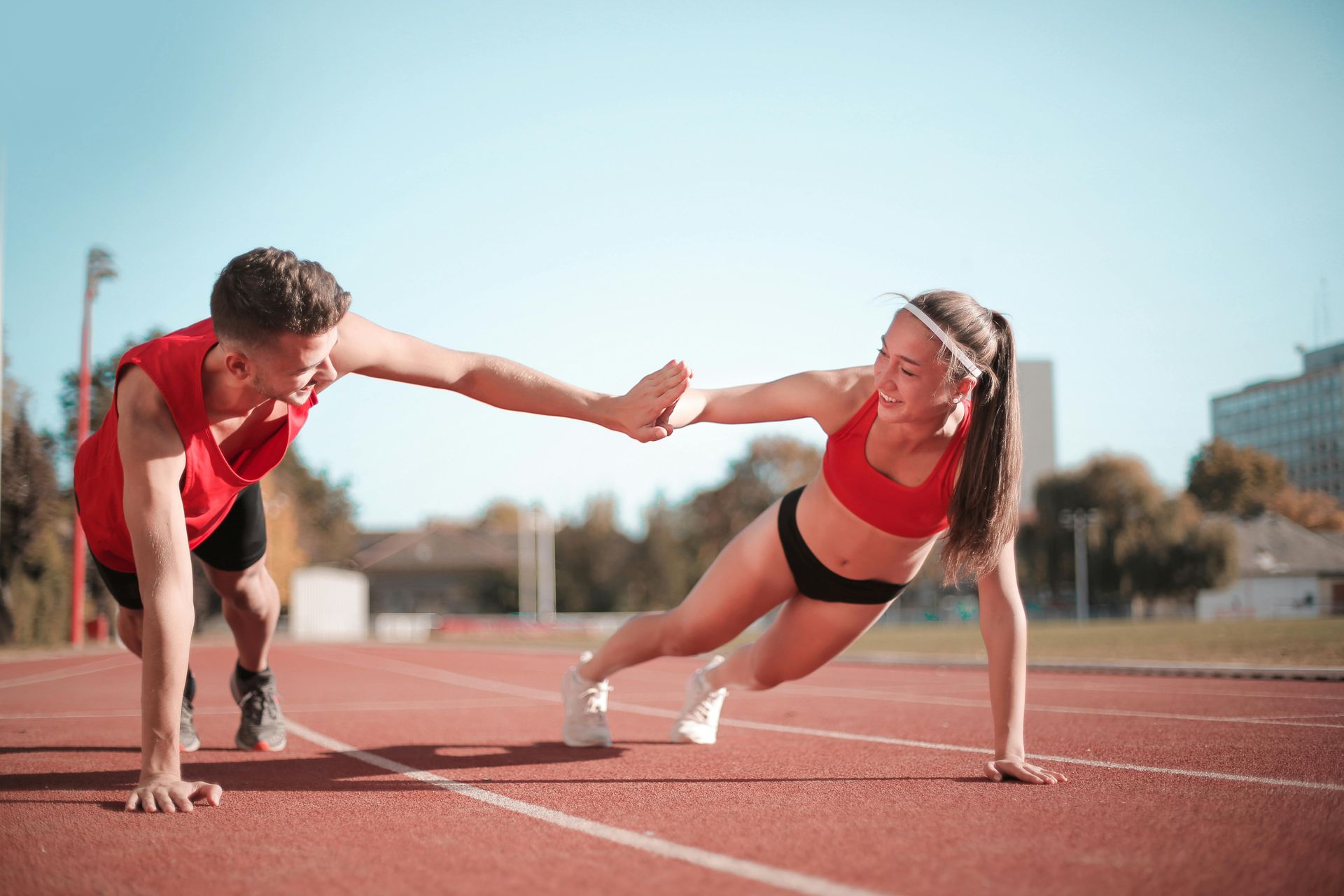
Myth: It Increases Your Risk of Cancer
Here’s a rather strange myth that could even come under the category of conspiracy theories. But surprising as it sounds, some people worry that a sports massage could encourage cancer cell growth in the body.
It’s impossible to manipulate cancer physically and actively spread it or expand it if cancer cells exist in your body. Sports massage operates at the skin and muscle level and is a perfectly safe treatment.
It also uses non-toxic oils that have a long safety record. So don’t worry. Your body is perfectly safe whenever you have a massage.
Admittedly, a sports massage isn’t like a hair appointment, and you probably won’t want to have an in-depth conversation during the massage about your upcoming vacation.
The therapist will want to ensure you are relaxed and concentrating on your breathing as they manipulate your muscles, and that’s why you’ll often experience silence during treatment.
But don’t mistake that for a rule of silence or assume it means the therapist will lose concentration as you speak.
On the contrary, the therapist wants you to feel comfortable communicating with them during the treatment, which will help you get more from your massage.
The dehydration myth has evolved because therapists commonly ask you to drink water at the end of treatment. So is that proof that a massage will leave you dehydrated? And could that be dangerous?
The dictionary definition of dehydration is a harmful drop of fluids in your body. That is a dangerous situation that you might see as a warning for the elderly on a scorching day.
But dehydration isn’t a risk for most of us, providing you drink a reasonable amount of water daily. And a sports massage will not put you at risk.
You might feel thirsty after a massage, but that’s because you’ve laid in a warm room and haven’t had a drink during the treatment.
Cellulite is fatty deposits that sit close to the skin’s surface, leaving a distinct, dimpled appearance to your body, often on arms, legs, or buttocks.
Massage won’t change any fat levels stored in your fat cells. The only way to do that successfully is via diet and exercise. Even then, some people are more prone to cellulite than others, even when they successfully maintain a healthy weight.
When you see a sports massage listed as a service, do you consider shopping around for other types of sports massage? Or do you assume one sports massage is the same as everything else on the market?
You wouldn’t assume every personal trainer or piano teacher is the same, so why believe that with a sports massage?
The truth is that sports massage therapy is a trained skill, and when someone learns how to do that, they may develop different approaches and techniques.
Perhaps the price of a sports massage puts you off the idea of including it as part of your fitness investment.
Sports massage varies considerably in price. At the top end of the scale, you have massages from hotels and spas. That’s why many assume it’s too pricey for their budget.
However, away from the luxury hotels and spas, you might be surprised at how affordable it is. For more proof, look at our specialist sports massage therapy services.
Remember, too, that sports massage is a benefit. It will help repair and soothe your body and help you keep up your fitness regime.
Suppose you have an injury that needs weeks of rest. In that case, that’s a considerable amount you’re probably spending on a gym membership or personal training from which you aren’t benefiting.


